Harriet Beecher Stowe, Slavery to Freedom Museum
This small museum is kept in a house that was integral to the genesis of Uncle Tom's Cabin.
This early brick Georgian townhouse sits inconspicuously in the historic downtown of Washington, Kentucky. The building now houses the Harriet Beecher Stowe, Slavery to Freedom Museum, but also goes by the name of the Marshall Key House. This early antebellum home would play a significant role in American history.
The home was built in 1807 by Eli Metcalfe and in 1815, Metcalfe sold the home to Marshall Key. Marshall Key was the nephew of the first Supreme Court Justice of the United States, John Marshall.
In 1833, a young teacher by the name of Harriet Beecher (before she was married and became Harriet Beecher Stowe), came to Washington, Kentucky to stay with her pupil, Elizabeth Marshall Key at the Marshall Key house. One day, Mr. Key, escorted Ms. Beecher down to the courthouse lawn where a slave auction was in progress. Ms. Beecher became so distressed over the horrible spectacle of the slave auction that she never forgot what she saw. In fact, this event affected her so much, that it inspired her almost 20 years later to write her anti-slavery book, Uncle Tom’s Cabin (1852). Uncle Tom’s Cabin went on to not only become the second best selling book of the 19th century in America, but her book sparked the beginnings of events that would lead to the American Civil War. President Abraham Lincoln said upon meeting her, “So this is the little lady who started the big war.”
The Marshall Key house is now the Harriet Beecher Stowe, Slavery to Freedom Museum. The house has been restored to the time period in which Harriet Beecher Stowe visited it in 1833. The museum houses artifacts from the American Civil War and slavery.

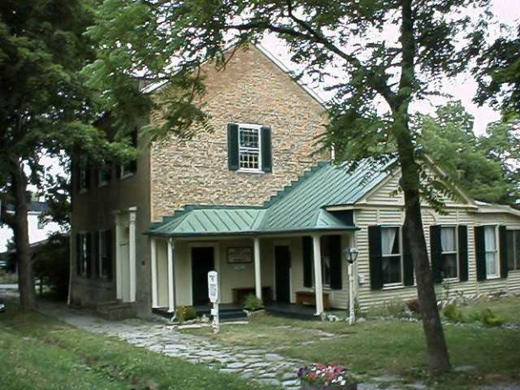


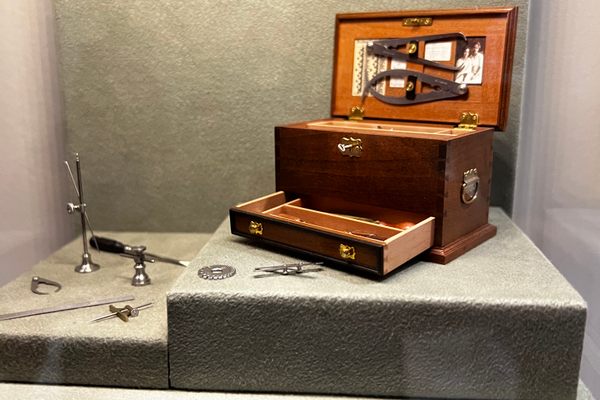
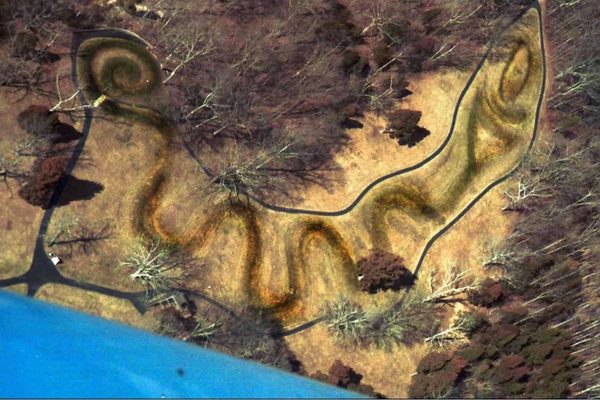

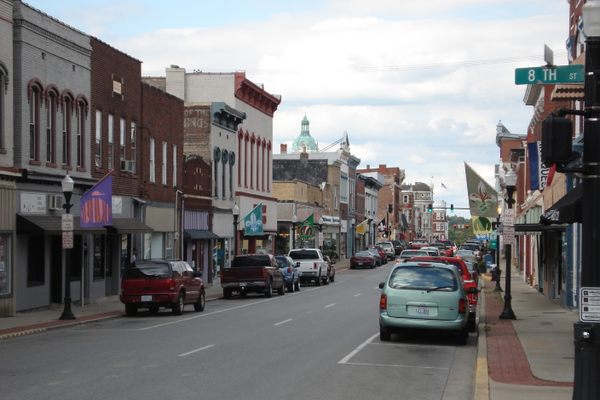

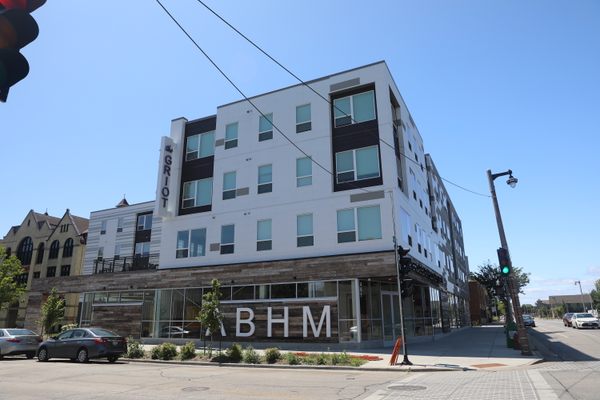



Follow us on Twitter to get the latest on the world's hidden wonders.
Like us on Facebook to get the latest on the world's hidden wonders.
Follow us on Twitter Like us on Facebook